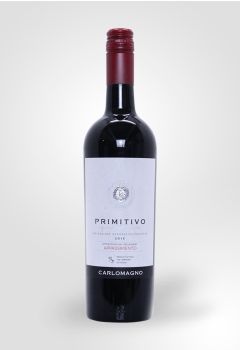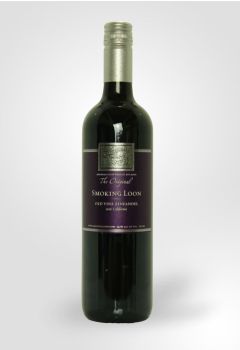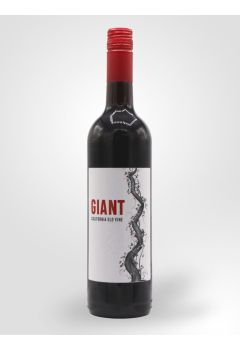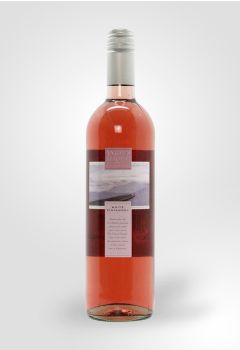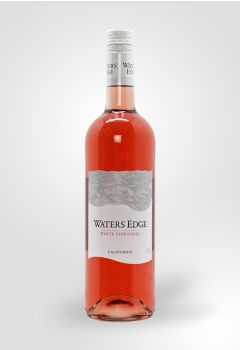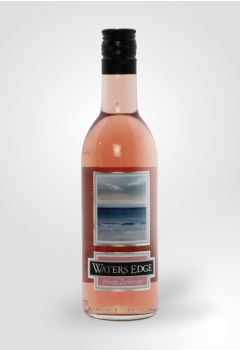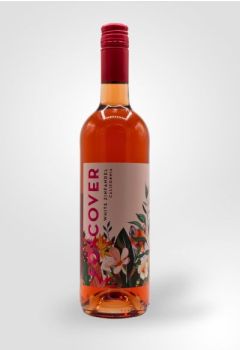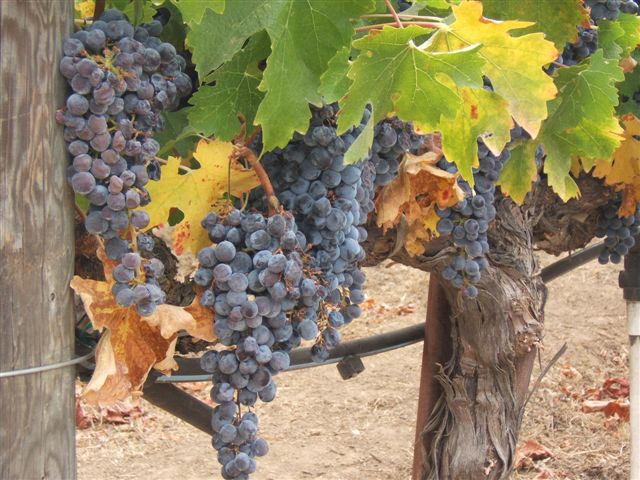
-
- Origin
- Italy
- Puglia
This wine is made by crushing partially dried grapes which has the effect of making the juice super concentrated. The result is a wine with intense ar... Read More- Origin
- Italy
- Puglia
This wine is made by crushing partially dried grapes which has the effect of making the juice super concentrated. The result is a wine with intense ar... Read More -
- Origin
- USA
- California
This medium-bodied wine offers flavors of juicy blackberry cobbler, dark plum, with a lengthy finish of coconut and vanilla. Read More- Origin
- USA
- California
This medium-bodied wine offers flavors of juicy blackberry cobbler, dark plum, with a lengthy finish of coconut and vanilla. Read More -
- Origin
- USA
- California
A delicious medium pink wine with hints of fresh strawberries and summer fruits. Candied fruit flavour is the key to its approachability and populari... Read More- Origin
- USA
- California
A delicious medium pink wine with hints of fresh strawberries and summer fruits. Candied fruit flavour is the key to its approachability and populari... Read More
Key Regions
America (California), Italy (Puglia), South Africa, Australia (Western Australian), Mexico and Chile.
Climate Suitability
Zinfandel is an awkward variety to cultivate, since the grapes have thin skins and are tightly clustered, leaving them vulnerable to uneven ripening and botrytis decay. Consequently, careful pruning is required and the variety needs to be picked at just the right moment: neither too soon, nor too late.
If picked before they are ripe, the grapes will be too green; if picked after full ripening has occurred, the grapes can very easily become raisin-like. Planting the vines on dry, hilly sites goes some way towards warding off the bunch rot that autumn rains can bring.
Colour and Flavours
Owing to their good structure and fine balance, Zinfandel wines have the ability to age well; however, they are probably best drunk young, when their lovely juicy berry flavours can be fully appreciated (whilst these flavours remain intact for many years, they do not tend to develop a further complexity that would warrant such ageing).
Zinfandel has a garnet-red colour, verging on black, with tinges of blue. Initial aromas of red fruits are followed by scents of irises and roses. High sugar levels are responsible for the somewhat port-like character of this highly alcoholic full-bodied dry wine. The rich fruity flavours include black cherry, blackberry, bilberry boysenberry and plum with notes of spice (such spicy notes tend to be more pronounced with products from older vines). Baked characteristics may also be detected.
White Zinfandel is the term used to discribe blush or rose wines made from the Zinfandel grape. These wines are usually sweet, as fermentation is stopped before it is complete, and have light fruit chracter. Generally made in high volume.
Synonyms
Primitivo.

